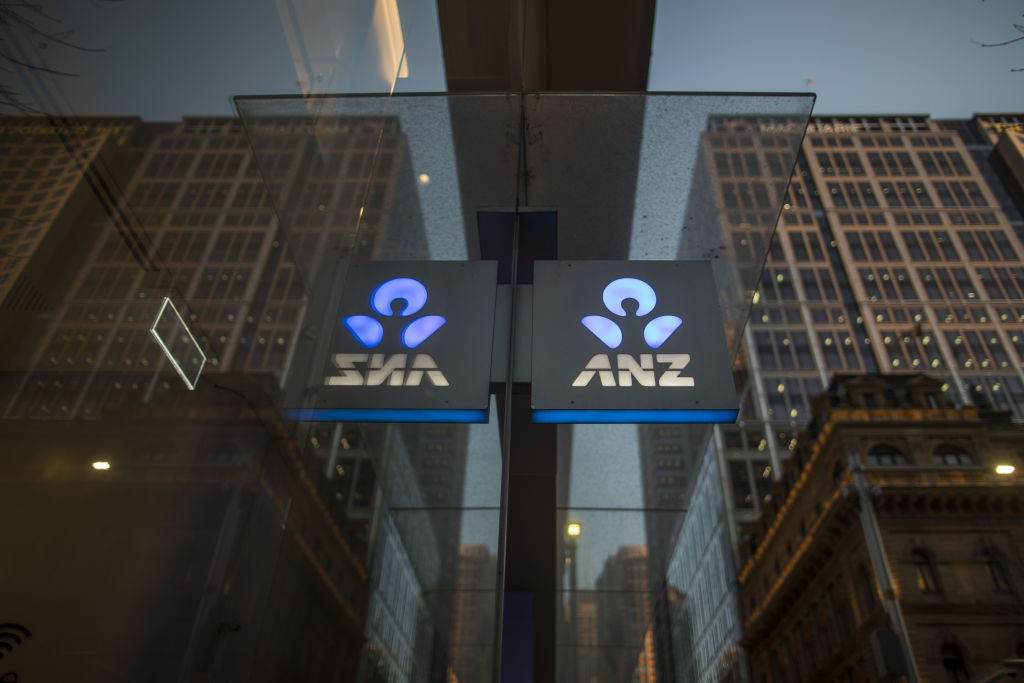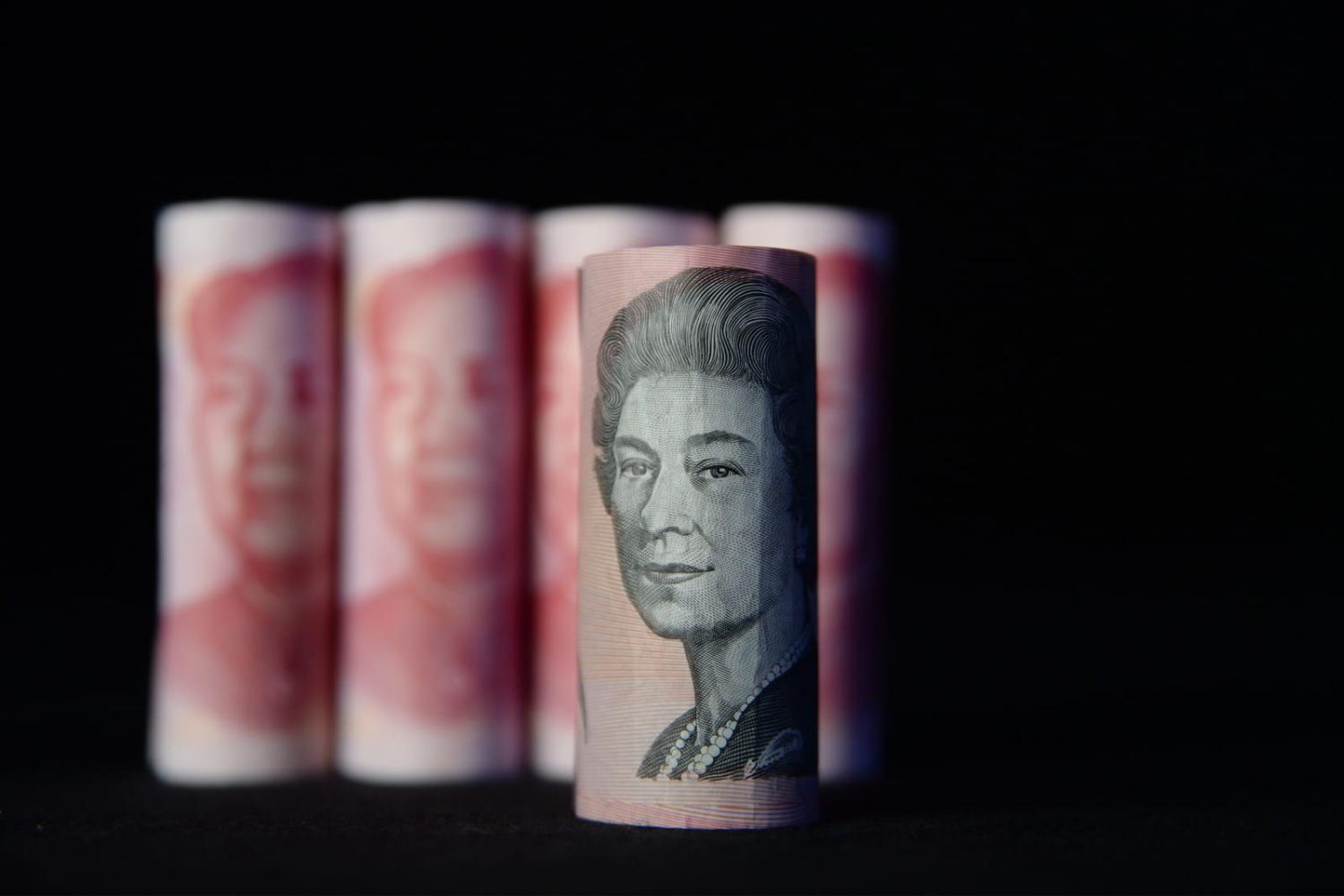Underexposed
The slow Australian bank withdrawal from the Asia-Pacific has continued in the new year as the two institutions with the longest claimed heritage in the region pursued the tricky process of pulling back.
Westpac was fined by the Hong Kong Monetary Authority in January over a long-running money laundering investigation. This episode has held up its planned departure from China for more than two years but may now allow that to continue. Westpac changed its name from Bank of New South Wales in 1982 to reflect its western Pacific aspirations and used to trace its origins in the region to Fiji 115 years ago.
Meanwhile, the ANZ Bank has been delicately winding down its Myanmar operation amid that country’s violent turmoil. It is one of the last pieces of the network of subsidiaries and shares in local banks that was once one of the highest profile Australian business brand names from India to Fiji. Via its predecessor banks, ANZ has claimed Asia-Pacific origins even older than those of Westpac.
And National Australia Bank has reportedly quietly closed its Beijing operation after becoming the first Australian bank to establish a presence in China in 1982 and only getting approval for a second Beijing office in 2021.
This long withdrawal variously reflects poor returns from Asia, new domestic oriented strategies, the bilateral tensions with China, and plans to focus on trade finance rather than on-the-ground customer facing banking businesses.
But it comes as the Australian government is placing a higher priority on a more diversified Australian business presence in Asia in the wake of the tensions with China, which underlined the risks of being too dependent on one country for both trade and investment. The diversification push will be emphasised this year by the economic strategy for Southeast Asia headed by Special Envoy for Southeast Asia Nicholas Moore, appropriately in this context a banker – although his former employer Macquarie Group retains a substantial Asian business, especially in infrastructure finance.
The banks mostly still argue they can provide finance for Asian trade and investment from Australia or regional hubs such as Singapore. There are also still some Asian flagships such as the Commonwealth Bank retail business in Indonesia. The ANZ has cut back its business customers in the region from 27,000 to 7000 since 2015 in one of the sharpest insights into this whole process, but still has a presence in 18 countries, despite unwinding its poorly performing subsidiaries.
Nevertheless, this will be an important issue to deal with in the new government diversification policy. Recent comments by ANZ chief executive Shayne Elliott in an Australian Financial Review interview sounded uncannily like those that were made as Australian businesses exited Asia after the 1990s financial crisis.
“It is very easy to get into these markets, but it is extraordinarily difficult to get out,” Elliott said. “What it teaches you is we should be much more thoughtful about going in in the first place. You go in full of positive ideas, but you don’t think about what goes wrong.”

Baton changes
While the banks sort out their difficulties from Yangon to Beijing, Reserve Bank of Australia/Australian Prudential Regulation Authority (RBA/APRA) data provide an insight into how and where the exit has been happening. And the figures indicate that the overall Australian bank decline in Asia is not as severe as the closure of various branches might suggest.
Australian bank and financial corporation ultimate risk exposure to Asia peaked in 2019 at just under $216 billion but was down to $189 billion by last September – which suggests the decline was more about the pandemic than either China relations or general poor financial performance.
While there has been a clear trend decline in exposure to China since 2014 just as the bilateral tensions began, this has been more than offset by sharp growth in exposure to Japan and steady growth in exposure to Singapore, while Hong Kong has remained quite steady.
Exposure to Japan tripled between 2013 and 2020 to $76 billion, but has slumped in the past two years, which may reflect the decline in the yen. Meanwhile, China exposure has fallen by almost 50 per cent since 2014 to $26 billion last year as the banking business seems to have echoed the changed Australian strategic engagement circumstances with the two largest Asian economies.
These figures measure where the ultimate risk of bank lending activity lies and so may not be a clear measure of where the actual business activity is occurring. Singapore and Hong Kong, for example, are classified as offshore financing centres rather than part of the Asia-Pacific geography, and Japan is separately classified as a developed country. Banking risk exposure is much broader than just financing trade and long-term investment.
But with Japan, Singapore and Hong Kong reallocated to Asia-Pacific for the purpose of this analysis, the data seem to suggest that banking activity is relatively diversified. While China and Hong Kong account for almost 50 per cent of Asian nominal GDP, they only account for 25 per cent of bank exposure, down from 35 per cent in 2014. Japan, which accounts for a bit less than 20 per cent of GDP, gets 28 per cent of attention from the bankers.
Meanwhile, the rest of Asia, with the big diversification prospects of India, Indonesia and Vietnam, accounts for a bit less than 50 per cent of bank exposure while accounting for less than 40 per cent of regional GDP. Singapore accounts for almost half of the rest of Asia.
The striking banking imbalance in relation to Australia’s economic engagement with its nearest and high-growing neighbours is the same one that is manifest in the more commonly cited trade and investment figures. About two-thirds of Australian trade is with Asia but only about 10 per cent of outward investment, depending on the type of investment. That contrasts with Asia being more than a third of world nominal GDP and tracking towards 50 per cent by mid-century.
While the Australian banks are talking up their continued commitment to funding diversified trade finance in Asia, the reality is that their overall foreign exposure more closely tracks Australia’s outward global investment choices. Asian ultimate risk exposure is only about 17 per cent of the banks’ total international risk.
Diversification dilemmas
The bank exposure to individual regional countries throws up some curiosities that seem to underline the difficulties of building banking businesses in this part of the world and funding diversification.
The banks have higher exposures to Pacific Island countries than the higher growth government diversification targets in Southeast Asia and India. This is despite Westpac and ANZ variously cutting back their presence in retail banking in much of the southwest Pacific region in recent years.
For example, exposure to Papua New Guinea and Fiji has been on a steady upward trend for both five and ten years to respectively $4.8 billion and $3.4 billion last year. That is higher or similar to the exposures to faster growing, more populous Indonesia ($4.4 billion), Malaysia ($3.6 billion), Thailand ($1.8 billion), the Philippines ($1.1 billion) and Vietnam ($1.2 billion). And exposure to the prime government nominated diversification targets of India ($6.5 billion last year), Indonesia and Vietnam has declined compared with both five and ten years ago.
This may mean that Australian companies can find better value sources of finance in those countries from non-Australian banks than in Australia’s real backyard in the Pacific. And the growth in exposure to Singapore on both a five- and ten-year basis to $42 billion last year complicates understanding of just how this money flows around Southeast Asia.
The greatest curiosity in the Pacific is why the Australian financial institutions have taken on risk in the Marshall Islands valued at $1 billion or about the same as in the Philippines and Vietnam. There have also been some noticeably high exposures to Timor-Leste, Solomon Islands and Cambodia in recent years.
However, the banks seemed to be already fortunately bailing out of Myanmar before the coup last year from a peak of $165 million at the end of 2017 to a much lower $110 million when the military takeover happened. That was down to $17.6 million in the most recent data for last September.
The other striking inter-regional curiosity is that while bank exposure to large Southeast Asian countries (excluding Singapore) seems to have been waning, it has been quite strong in both South Korea and Taiwan.
And finally, while Elliott and his top-end-of-town peers have once more become risk averse on Asia despite the government’s engagement rhetoric, some of their colleagues are still a bit more adventurous.
After several years of no recorded Australian bank activity to North Korea, three years ago a financial institution (which may be other than the big banks, the data is non-specific) took on a $9.5 million risk in the hermit kingdom. By last year, that had become a $19.3 million bet on Kim Jong-un’s administration.

